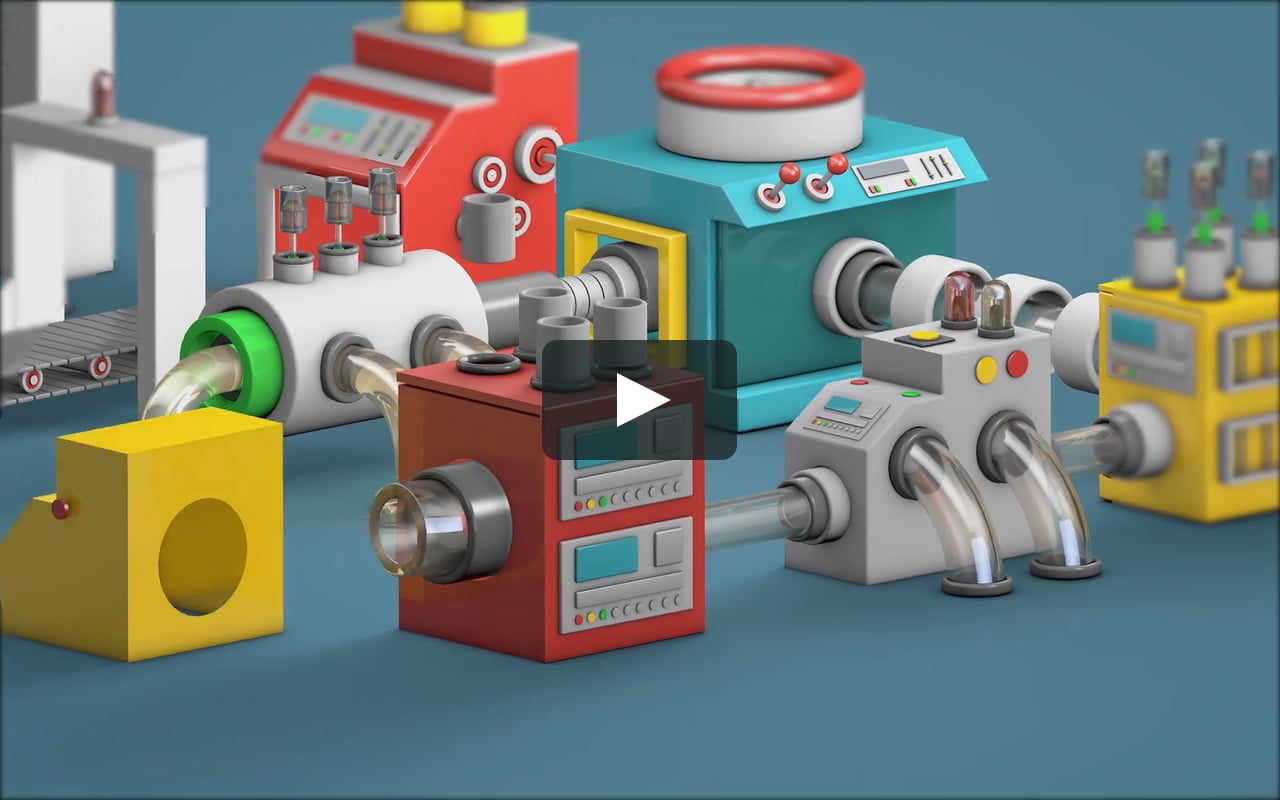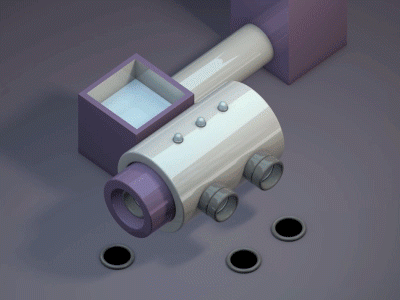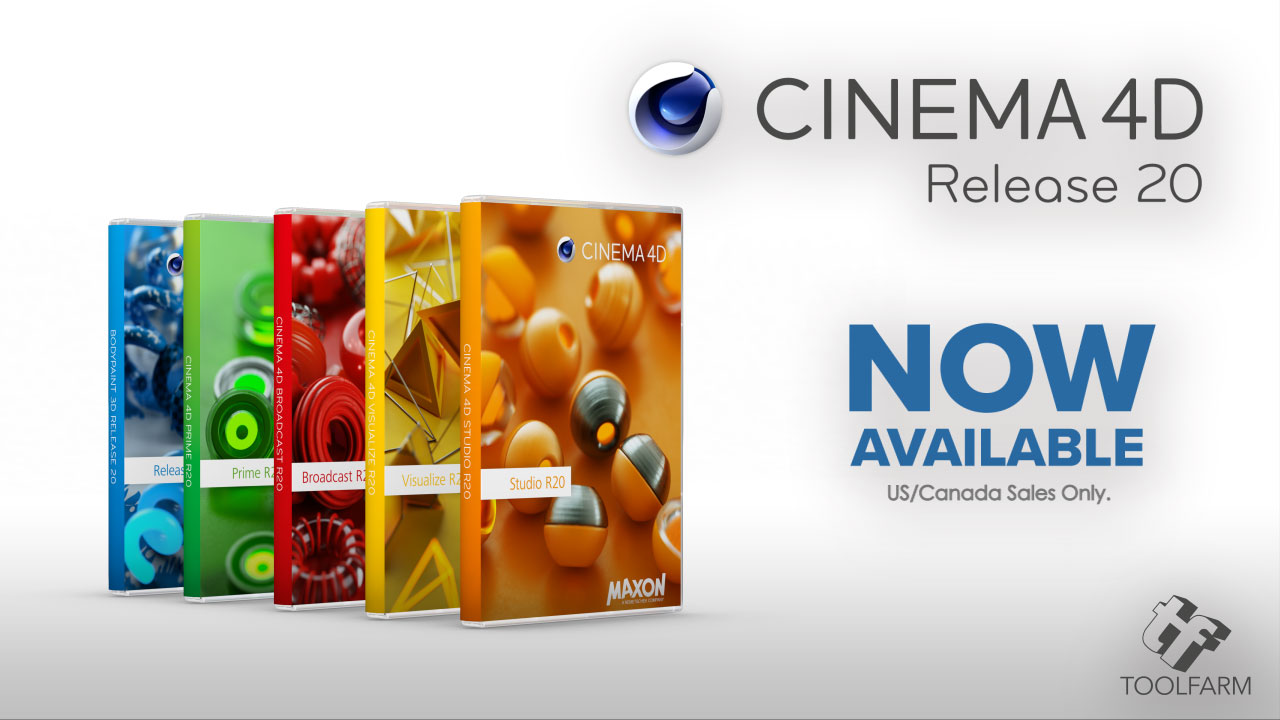Pixego inspired Mini Machine Examples and Cinema 4D Tutorial

Pixego is an Istanbul, Turkish, designer who designed some adorable little isometric machines. EJ Hassenfratz came out with tutorials based on the Pixego mini machines, and then several people have taken the concept and made their own. The mini machines are super cool and so much fun!
First, Pixego
Pixego is a designer from Istanbul and you can check out some of the work here.
- Pixego on Behance
- along with Pixego on Instagram
- and, Pixego on Digital Arts – Cute, colorful Mini Machines look like they’re about to build something magical
Then, check out how it comes together: Mini Machines 01.
Mini Machine animation by GAURAV MEENA
See more form Gaurav Meena at ArtStation
Mini Machine Mark II
by Ben Gregoire

Mini Machines Tutorial
Isometric city step by step by Pixego
From InspirationClan.com: View step by step
EJ Hassenfratz explains how to make some of the textures. He explains, “In this tutorial, I’m going to break down how to create a piece of a “Mini Machine” and how to create plastic textures, including a plastic glass texture. We’ll build the mini machine, add a 3 point light setup, and then go over how to texture our objects! By the way, this tutorial can be followed along using Cinema 4D Lite that comes for FREE with Adobe Creative Cloud!”
Some new features in R20
MoGraph Fields
Offer unprecedented content creation possibilities to the procedural animation toolset in MoGraph. The Fields feature in Cinema 4D R20 makes it possible to efficiently control the strength of the effect using any combination of falloffs – from simple geometric shapes to shaders and sounds to objects and mathematical formulas. In addition, fields can be mixed and combined with one another in a layer list. Effects can be re-mapped and grouped in multiple Fields to control Effectors, Deformers, weights and more.
Volume-based modeling
The OpenVDB-based Volume Builder and Mesher in Cinema 4D R20 offer an entirely new procedural modeling workflow. Any primitive or polygon object (including the new Fields objects) can be combined to create complex objects using Boolean operations. Volumes created in R20 can be exported sequentially in OpenVDB format and can be used in any application or render engine that supports OpenVDB.
Node-based material system
Along with more than 150 different node-based shaders, R20 offer customers a new and streamlined workflow to quickly and conveniently create shading effects from simple reference materials to highly complex shaders. The existing standard material system’s interface can be used to get started with the new node-based workflow. Node-based materials can be made available as parametric assets with a reduced interface.
CAD Import
Cinema 4D R20 offers seamless drag and drop import for common CAD file formats such as Solidworks, STEP, Catia, JT, and IGES. The scale-based tessellation feature of the import function offers individual control of the level of detail for impressive visualizations.
ProRender improvements
The GPU-based ProRender in Cinema 4D lets customers utilize the power of the GPU to create physically accurate renders. As you can see, key in R20 features such as Subsurface Scattering, motion blur, and multi-passes are now available. Other enhancements in ProRender include updated code, support for Apple’s Metal2 graphics technology and the use of out-of-core textures.
Core Modernization
The modernization efforts of the Cinema 4D core architecture and foundational technologies MAXON announced in 2017 are now more tangible and mature in Release 20. The new node system and the modeling and UI framework is marked by a series of significant API adaptations.
Posted by Michele
